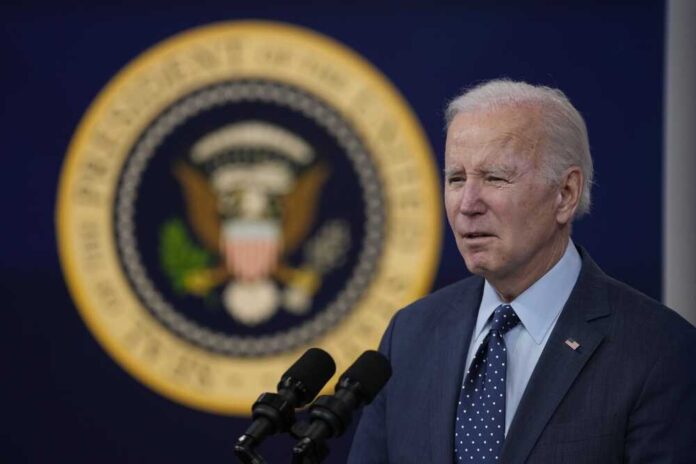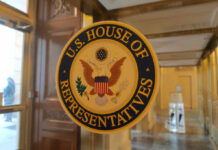
The latest inflation figures released by the federal government indicate a mixed bag for consumers. The inflation rate decreased while private wage growth soared.
While the initial numbers appeared to be hopeful, year-over-year spending and average income levels were lower than the previous month. Furthermore, Cyclical core Personal Consumption Expenditure inflation increased yet again to almost 8%.
Furthermore, the Biden administration’s spending and money printing by the Federal Reserve has energized inflation. The 2022 Inflation Reduction Act has been entirely ineffective, according to one of its major former backers.
Sen. Joe Manchin (D-WV) said that the Biden administration reneged on its earlier promises. According to Manchin, the Biden White House “is determined to pursue an ideological agenda rather than confront the clear and present danger that debts and deficits pose to our nation.”
It's time for a reality check.
Per PCE, inflation is ⬆️ by 4.9% since last summer & 17.6% since Biden took office, & families feel it every time they pay the bills.
When will Biden stop gaslighting hardworking Americans and join our fight to get our fiscal house in order? pic.twitter.com/yo6ULMolPW
— Rick Scott (@SenRickScott) March 31, 2023
Manchin was one of the crucial votes that allowed for the act to pass last year.
The latest news may provide for a difficult decision by the Fed. If inflation continues growing, the Federal Reserve may need to further raise interest rates. However, the increases in rates reduces spending, sharply increasing the chances of a recession.
The increase in interest rates also highlighted severe issues at a number of banks, including Silicon Valley Bank (SVB). The California-based institution collapsed in March following a bank run and was taken over by regulators.
The Fed recently increased rates by 0.25%, reaching the highest borrowing rates in almost two decades.
Furthermore, inaction by the Fed may cause inflation to continue to spiral out of control, shrinking the ability of average Americans to purchase many necessary or day-to-day products.
In particular, the last two years have seen a sharp increase in the price of food, including large spikes in the price of eggs and meat. Food prices increased at an annual pace of more than 11% in January, which led to a decline in spending on other products.
Many Americans are increasingly purchasing food at dollar stores to help make up for the large increases in food and other prices.




























